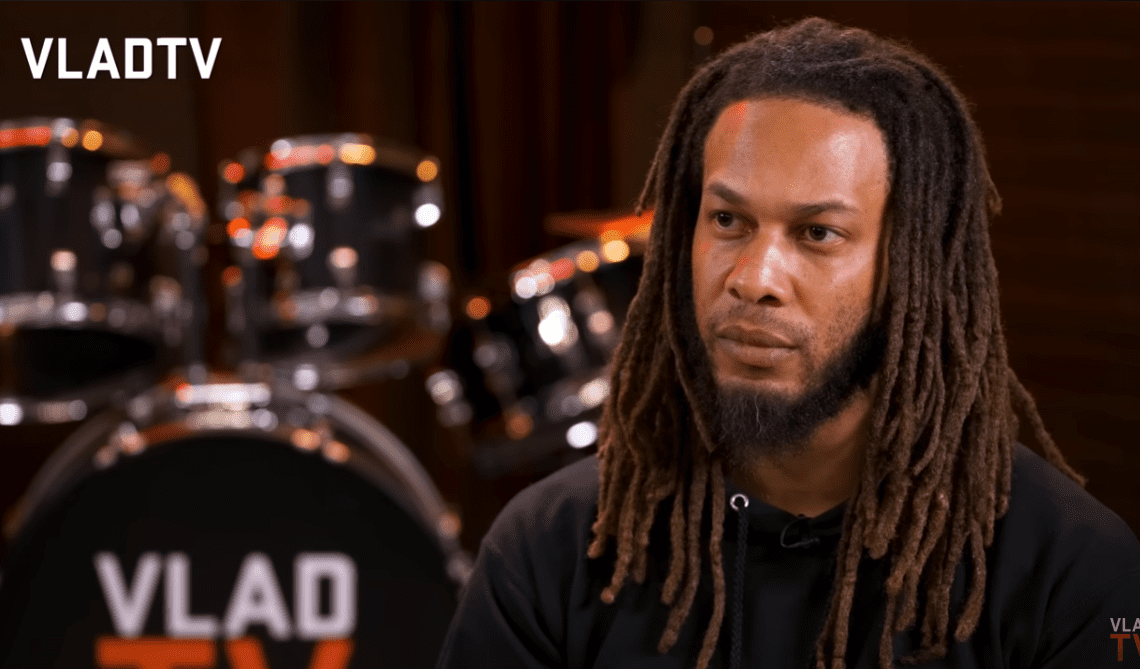In a recent interview with Shawn Prez on VladTV, Nicholas Irving, a former U.S. Army Ranger, shared his thoughts on the best methods for protecting yourself during a street altercation. His advice was simple yet powerful: walk away if you can, but if you can’t, fight dirty and never fight fair.
The Importance of Walking Away from Confrontation
Irving’s first line of defense is always to walk away from a confrontation if possible. He emphasizes that you never know what the other person is capable of doing or what their mindset might be. They may have nothing left to lose, making them even more dangerous.
“Best thing I would do, best thing you can do is (you know) try to ignore it, walk away and if you are capable of defending yourself and you know how to do stuff even more so because what you are going to do to that person, you can go to jail for.” – Nicholas Irving
Self-Defense Statistics
To understand the gravity of street altercations, consider the following statistics:
| Type of Incident | Percentage of Fatal Outcomes |
|---|---|
| Armed Robbery | 21% |
| Assault | 13% |
| Home Invasion | 7% |
| Carjacking | 3% |
Walking away from a confrontation is not a sign of weakness; it’s a sign of intelligence and self-preservation. It’s essential to recognize when a situation is not worth the potential consequences, both legal and physical.
The Consequences of Self-Defense
Even if you are capable of defending yourself, Irving points out that there can be legal ramifications for your actions. Depending on how the courts view the situation, you could face jail time for defending yourself.
This is why it’s crucial to exhaust all other options before resorting to physical violence. If you must defend yourself, Irving recommends targeting vital portions of the body that will cause pain regardless of the amount of muscle surrounding them:
- Groin
- Solar plexus
- Throat/trachea
- Eyes
Tools and Techniques
In addition to physical techniques, Irving suggests carrying defensive tools such as pepper spray. While not a fan of pepper spray himself, he acknowledges its utility in incapacitating an attacker without engaging in physical combat. Learning basic self-defense moves can also be beneficial. Here are a few fundamental techniques:
| Technique | Description |
|---|---|
| Groin Strike | A powerful upward strike to the groin area. |
| Solar Plexus Punch | A punch to the solar plexus, causing difficulty in breathing. |
| Throat Chop | A sharp blow to the throat, targeting the trachea. |
| Eye Gouge | Using fingers to press into the attacker’s eyes. |
The Myth of the Fair Fight
One of the most striking aspects of Irving’s advice is his emphasis on the idea that a fight should never be fair. He argues that if you’re defending yourself, the fight should be “gritty, dirty, and like I tell my son if you have to get into a fight bring me back home an eyeball.”
This may seem extreme, but Irving’s point is that when you’re defending yourself, you can’t afford to play by someone else’s rules. You didn’t agree to a contract or a set of guidelines for the fight, so why should you be expected to follow them?
“I think we didn’t sign a contract to fight in the first place and for me to follow your rules, I kind of feel um it’s going to sound like weird but like uh beneath you at that point because you didn’t ask me. What made you think that I was going to play by your rules. I have a whole different set of rules so to have a fair fight would be like you own me already by saying we’re going to do it this way.” – Nicholas Irving
Irving’s perspective challenges the traditional notion of honor in a fight. When your safety and well-being are on the line, honor goes out the window. The only thing that matters is survival.
Teaching Self-Defense to Children
Irving’s advice extends beyond just adults. He believes that it’s essential for children to learn self-defense at a young age. He tells his son that his first line of defense is always to walk away and seek help from a teacher or other authority figure. However, if someone keeps bothering him, Irving tells his son to “bring me back home an eyeball.”
While this may seem like an extreme lesson to teach a child, Irving’s point is that we live in an unforgiving world. Children need to be prepared to defend themselves if necessary, and they need to understand that there are no rules when it comes to self-defense.
Self-Defense Class Enrollment
Enrolling in self-defense classes can provide structured training and confidence. Here are some recommended programs:
| Program | Age Range | Description |
|---|---|---|
| Kidpower | 4-18 years | Focuses on personal safety, self-protection, and confidence. |
| Gracie Bullyproof | 5-14 years | Teaches Brazilian Jiu-Jitsu to handle bullying without violence. |
| Krav Maga Worldwide | All ages | Real-world self-defense techniques for various age groups. |
The Reality of Self-Defense
Irving’s perspective on self-defense may be controversial, but it’s rooted in reality. In a perfect world, we would all be able to resolve conflicts peacefully and without violence. However, we don’t live in a perfect world. There will always be people who seek to harm others, and there will always be situations where walking away is not an option.
When it comes to self-defense, the only thing that matters is survival. If you find yourself in a situation where you need to defend yourself, you can’t afford to hesitate or play by someone else’s rules. You need to do whatever it takes to protect yourself and get out of the situation safely.
This doesn’t mean that you should go around looking for fights or seeking out confrontation. As Irving emphasizes, walking away should always be your first line of defense. But if walking away isn’t an option, you need to be prepared to fight dirty and do whatever it takes to survive.
Bottom Line
Nicholas Irving’s advice on self-defense may be harsh, but it’s necessary in a world that can be unforgiving and dangerous. Walking away from confrontation should always be your first choice, but if you can’t walk away, you need to be prepared to fight for your life.
This means targeting vital areas of the body, using any means necessary to defend yourself, and never expecting a fair fight. It also means teaching our children these same lessons so that they can be prepared to defend themselves if necessary.
Self-defense is not about being tough or macho. It’s about survival. It’s about recognizing the reality of the world we live in and being prepared to do whatever it takes to protect ourselves and our loved ones. As Irving says, “That’s how I feel.”
By understanding and applying the principles discussed in the VladTV interview with Shawn Prez and Nicholas Irving, we can better equip ourselves and our loved ones to handle the challenges of personal safety in an unpredictable world.
For a similar read, check out Harnessing the Power of Survival Instincts: Awakening the Sleeping Giants Within Us.
Click here to view the VladTV interview.
Disclaimer: The information and opinions expressed in this blog post are solely those of the author and do not necessarily reflect the views of any organization or entity. The content is intended for informational purposes only and should not be considered as legal advice or a substitute for professional training in self-defense techniques.
The author and publisher of this blog post do not assume any responsibility or liability for any actions taken or not taken by readers based on the information provided. It is crucial to understand that self-defense laws and regulations may vary by jurisdiction, and it is the reader’s responsibility to be aware of and adhere to local laws.
The use of force in self-defense should always be a last resort and must be proportional to the threat faced. Engaging in violent behavior or using excessive force can result in serious legal consequences, regardless of the situation.
Readers are encouraged to prioritize their safety and well-being by seeking peaceful resolutions to conflicts whenever possible and only resorting to physical force when absolutely necessary and legally justified. It is highly recommended to seek professional guidance and training from qualified self-defense instructors before attempting any techniques mentioned in this blog post.
By reading this blog post, you acknowledge that you understand and accept the above disclaimer and assume full responsibility for any actions you take based on the information provided.















































